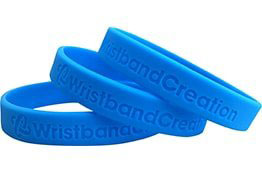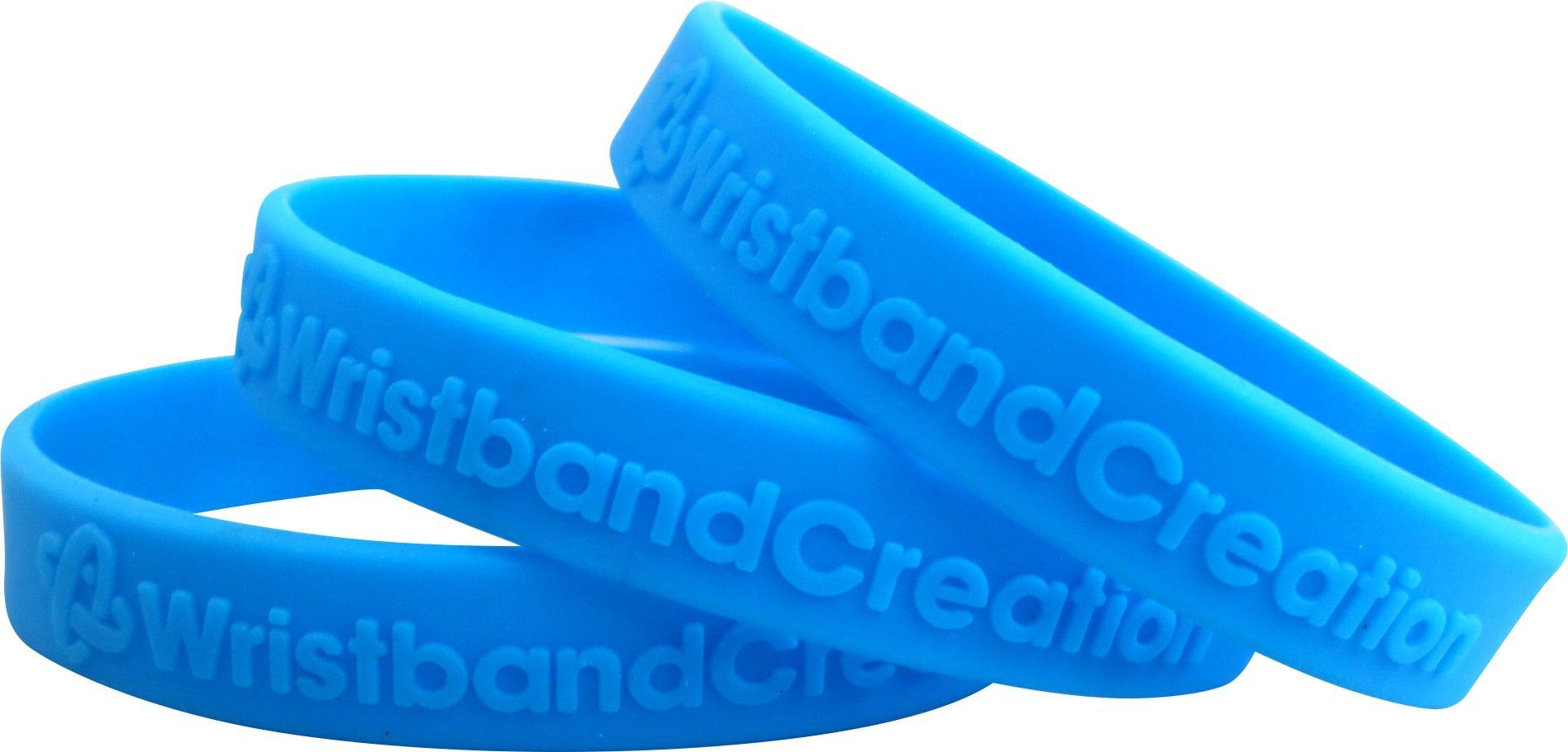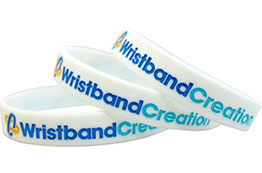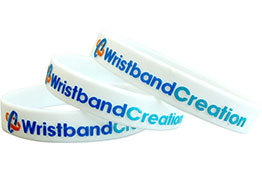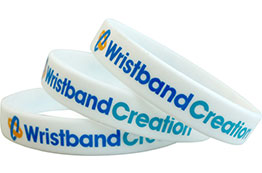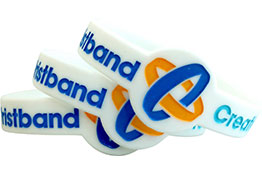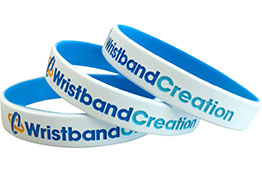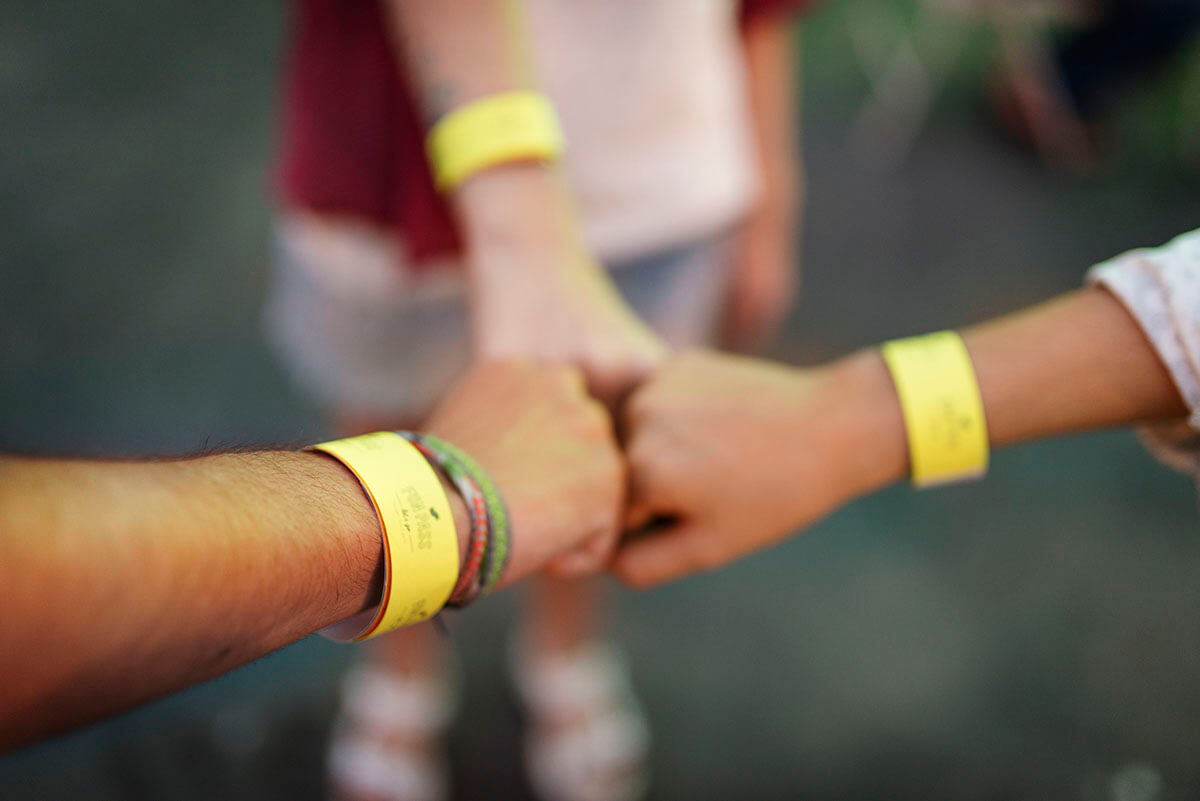
Autism refers to a diverse group of neurodevelopmental conditions caused by differences in the brain. It’s a spectrum disorder, meaning that there are different types of autism and people who have it can experience a wide range of symptoms and varying degrees of severity. However, the condition is often characterized by repetitive behaviors and challenges in social skills and communication. These signs can be apparent in early childhood, but they typically remain undiagnosed until much later.
The parents of children with autism are some of the most ardent instigators and supporters of autism spectrum disorders (ASD) awareness campaigns. By increasing public awareness about the condition, they hope to address the stigma and misconceptions about the disorder, improve access to early screening and intervention, and have better educational and professional options for their loved ones, among other goals. These campaigns are largely a success in giving autism the much-deserved attention it needs. But there’s much that still needs to be done to give individuals with ASD every chance of flourishing in their respective communities.
Perhaps you want to be a part of this movement and contribute to making your neighborhood a more inclusive space for someone with ASD. There are plenty of ways to accomplish this goal, such as incorporating autism bracelets in your campaign and using these accessories as a visual reminder of your support and the goals that you’re aiming for. To be an effective advocate, though, it’s important to be aware of the history of the movement that you want to join and the practical ways to reach your goal. Deepening your knowledge of autism awareness and having clear objectives will improve your chances of succeeding in this worthwhile endeavor.
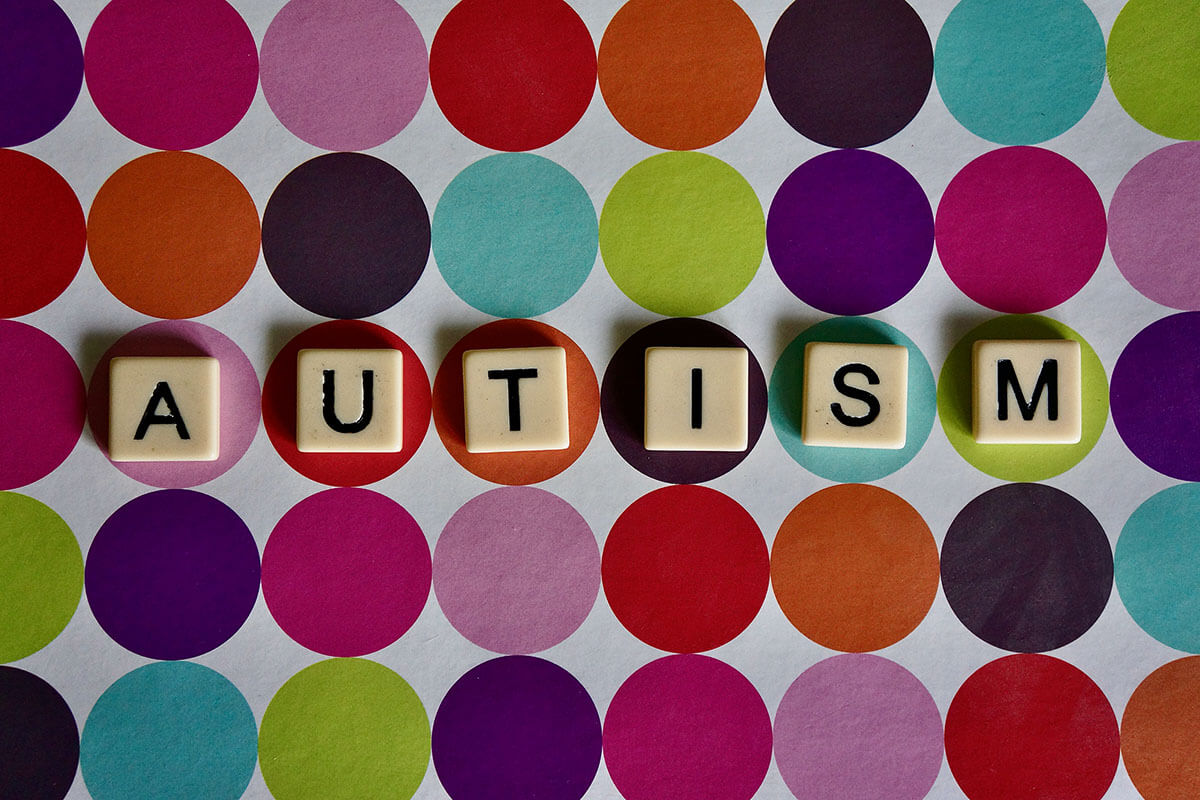
When Was Autism Spectrum Disorder Discovered?
The term autism is fairly new. It was initially coined in 1911 by the German psychiatrist Eugen Bleuler and used to refer to the “inner life” of people with schizophrenia. The word retained this meaning and its interchangeability with schizophrenia and psychosis in children until the second half of the 20th century. By 1980, autism was firmly associated with pervasive childhood developmental disorders instead of adult schizophrenia.
The prevalence of autism in the United States has been actively tracked by researchers since the turn of the millennium. At this point, the public has gotten much better at recognizing the signs and symptoms of autism. It’s no surprise, then, that the number of people who have been diagnosed with ASD has also risen steadily over the years. The Centers for Diseases Control and Prevention (CDC) currently estimates that 1 in every 63 children in the US has autism, while the World Health Organization (WHO) estimates that, globally, 1 in every 100 children has the condition.
How Can Awareness Campaigns Improve Communities and Empower Individuals with Autism?
Awareness campaigns are a time-tested method of ushering changes in communities and policies. These initiatives are utilized to increase support for a lot of different causes and efforts, such as disease prevention and detection, improving understanding of disabilities, easing access to education, and promoting environmental conservation. Heightening the public’s awareness of autism, in particular, yielded the following results:
- Reduced Stigma and Misconceptions – The availability of accurate information contributed to a better understanding of autism and reduced stigma associated with the condition. It helped dispel myths and misconceptions about autism, such as the idea that all individuals with autism are nonverbal or intellectually impaired.
- Early Detection and Intervention – It has led to improved screening and early detection of autism in children. Early identification, in turn, allows for timely intervention and maximizes an individual’s potential for positive outcomes and better quality of life.
- Inclusive Education – Schools and educational institutions have become more accommodating, as providing the necessary resources and support ensures that students with autism have equal access to education and opportunities to thrive.
- Workplace Inclusivity – More employers have recognized the value of neurodiversity in the workplace. As a result, companies are implementing inclusive hiring practices and providing appropriate accommodations to support the success of employees with autism.
- Sensory-Friendly Initiatives – Public spaces, businesses, and organizations have become more sensitive to the sensory needs of individuals with autism. Awareness campaigns have encouraged the implementation of sensory-friendly initiatives, such as quiet hours in stores.
- Community Support and Involvement – It encouraged communities to rally around families affected by autism and offer support and understanding in the form of resources, services, and opportunities for social interaction and engagement.
- Empathy and Acceptance – It has cultivated empathy and acceptance within communities. People are becoming more understanding of the challenges that individuals with autism face, and they are more willing to accommodate their unique needs.
- Policy Changes and Advocacy – It also resulted in advocacy efforts and policy changes that protect the rights of individuals with autism. These changes may include increased funding for research, support services, and legislation promoting autism inclusivity.
- Amplified Voice for Self-Advocacy – Raising awareness has empowered individuals with autism to speak up and advocate for themselves. Self-advocacy efforts have gained momentum, leading to increased visibility and understanding of autistic voices.
These advancements, of course, are all works in progress. There’s still much room for growth in terms of developing a more inclusive society for people with autism. Without continuous reinforcement, it’s also entirely possible to lose the hard-won successes of the previous autism awareness campaigns.
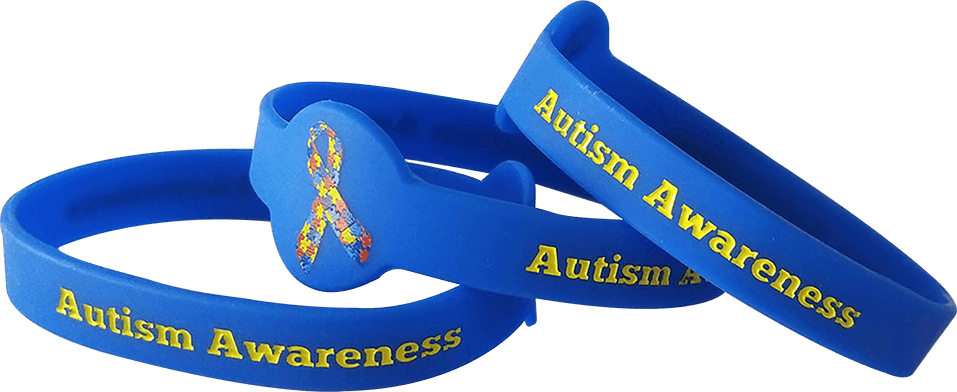
In What Ways Can Wristbands and Bracelets Be Used to Raise Autism Awareness?
Small as they may be, autism wristbands can be a useful and practical tool for engaging with the public, educating people about autism, and showing support to individuals and families. You can even create your own silicone wristband that supports causes and foundations related to autism. Below are some of the creative ways that an autism bracelet can be used to complement your awareness campaign.
- Wearable Awareness – Wearing autism awareness bracelets that feature the iconic puzzle piece symbol, the gold or rainbow infinity sign, or other autism-related logos allows people to express their support and solidarity with the cause. It can also spark conversations about autism.
- Fundraising Initiatives – Selling autism awareness bracelets can be a means of fundraising for autism-related organizations or initiatives. By buying bracelets, people can contribute to the cause and become part of the awareness movement when they wear them.
- Awareness Events and Campaigns – Bracelets can be distributed as part of the awareness materials during events such as Autism Acceptance Month or World Autism Awareness Day. They can be tangible reminders of the cause and help attendees stay engaged beyond the event.
- Customization and Personalization – Creating customizable autism awareness bracelets allow individuals to add personal touches, such as names or short messages. Enabling people to customize their items enhances their emotional connection to the bracelet’s significance.
- School and Community Events – Distributing autism awareness bracelets at school and community events can be an effective way to engage people and create a sense of support for individuals with autism.
- Social Media Campaigns – Running online awareness campaigns involving autism bracelets encourages people to share photos of themselves wearing the bracelets. This viral aspect increases the reach and impact of the campaign.
- Inclusion in Autism Kits – Autism awareness bracelets can be included in informational kits provided to newly diagnosed families or individuals seeking support and resources. These kits serve as a welcoming gesture and provide valuable information about autism.
Clearly, even a small item like an autism awareness bracelet can be an effective tool for uniting communities to a common cause. A wristband that’s carefully made and designed for a specific purpose can be a great tool for advancing your cause and ensuring that autism remains a relevant topic in your school or workplace, for example.
How Can You Ensure the Success of an Autism Awareness Campaign That Uses Custom Bracelets?
You need careful planning and preparation to maximize your chances of making a wave with your custom autism awareness bracelet. Here are some of the things you have to do to effectively use this accessory in your campaign.
- Define Clear Objectives – Start by setting clear and measurable objectives for your campaign. Determine what specific goals you want to achieve through the use of bracelets, such as increasing awareness, raising funds, or fostering community support.
- Choose an Engaging Design – Create a visually appealing and meaningful design for the autism awareness bracelets to make them stand out and capture the attention of your target audience.
- Partner with Relevant Organizations – Bracelets are relatively affordable awareness campaign tools, so they can be used in large quantities. You can collaborate with autism-related organizations, local schools, or advocacy groups to distribute these items to more people.
- Engage Influencers and Ambassadors – Reach out to social media influencers, celebrities, or autism advocates who are passionate about the cause. Ask them to endorse your campaign, wear the bracelets, and promote the message on their platforms.
- Measure and Evaluate – Continuously track the success of your campaign by monitoring key performance indicators (KPIs) such as bracelet sales and funds raised. Use this data to evaluate the impact of your efforts and make any necessary adjustments for future campaigns.
Aside from partnering with organizations that can distribute the bracelets to your target audience, it’s also important to find a custom bracelet manufacturer that can offer you quality wristbands at an affordable price. Your supplier will make it possible for you to create eye-catching cause-oriented bracelets that suit the message you are trying to tell.
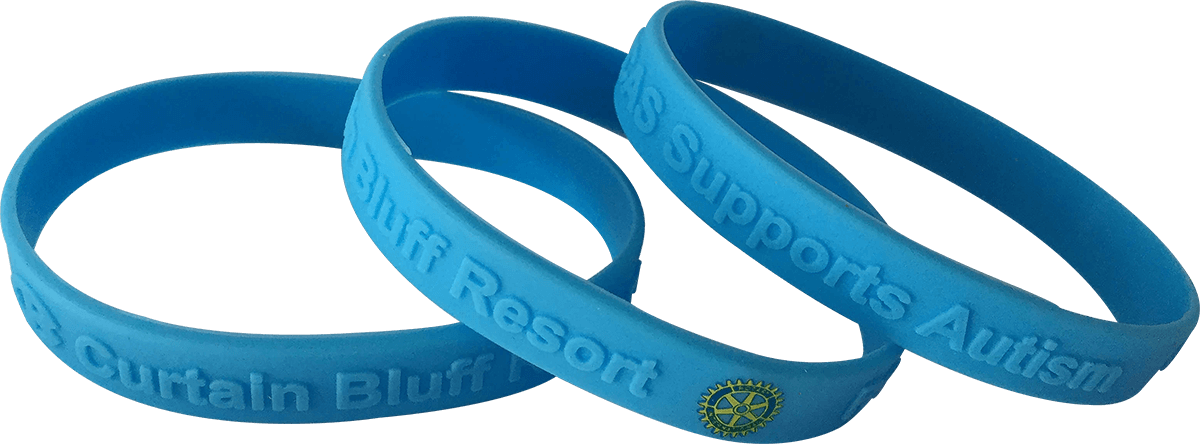
What Kinds of Autism Awareness Bracelets Are Available from Wristband Creation?
Our team at Wristband Creation caters to individuals and organizations that pursue different causes. To meet the demands of our customers, we offer a wide range of wristband designs such as:
Debossed – The design is stamped on the wristband using customized molds.
Embossed – The opposite of debossed, the designs for embossed wristbands are raised.
Debossed-Fill – The design is embossed and filled with color ink to pop out.
Emboss-Printed – The design is embossed and its surface is sprayed with color.
Imprinted – The design is imprinted onto the wristband using silk screen printing.
Figured – The wristband features a large circle that can hold a larger design.
Dual Layer– The wristband can have different colors for its inner and outer layers.
If you’re in need of high-quality autism awareness bracelets, get in touch with Wristband Creation today. We can help you design and create bracelets that will serve as excellent supplementary items for your next information campaign.





